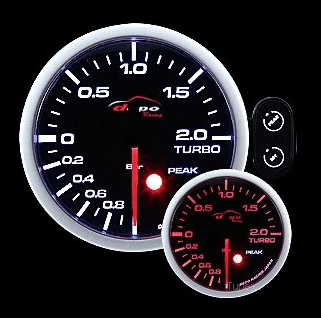
How does power steering affect the handling of a car?
Today, many cars and almost all trucks and utility vehicles are equipped with power steering. Power steering (also known as power steering) makes parking and other low-speed driving much easier and is a practical necessity for heavier vehicles and less powerful drivers. But how does this affect handling?
Power steering is what it sounds like: a power steering system helps the driver turn the wheels using hydraulic or electric power (or both). The system can just give a useful push, or it can do all the work itself in response to the movement of the steering wheel; either way, turning a car with power steering requires less effort than it would otherwise.
Automotive power steering systems vary greatly in design, but a typical hydraulic setup includes the following:
A sensor attached to the steering wheel that detects force or torque. - in fact, the system "knows" when the driver is turning the steering wheel, and the car's steering wheel has not yet caught up, so the system can provide assistance when needed.
Pump driven by car engine (usually with a belt) to pressurize the power steering fluid to 100 times atmospheric pressure.
A set of valves that direct fluid under high pressure. through hoses or metal pipes to one side or the other of the steering system, depending on how the steering wheel was turned.
Executive by which high-pressure power steering fluid helps push the front wheels in one direction or another (details depend on whether the vehicle has rack and pinion or ball recirculation steering).
Electric power steering systems operate differently but produce similar results.
Power Steering Purposes
Ideally, power steering would make steering easier without adversely affecting handling. Steering will still be quick and precise, but not overly sensitive for easy steering, and the driver will still be able to tell what the wheels are doing at all times. All vehicle manufacturers try to achieve these goals with their power steering systems, and in most cases they succeed. Modern power steering systems that function properly usually do not have much of a negative effect on handling.
How Power Steering Affects Handling
Still, there is always at least some effect. It is very difficult to design a power steering system that allows for easy low-speed maneuvering while still providing the driver with good feedback (sometimes referred to as road feel); no power steering system not yet developed can give the feel of the road like a well-engineered manual system on a sports car like the Lotus Elise. There are trade-offs, and some cars' power steering systems emphasize road feel, like the Porsche Boxster, while others prefer the ease of driving, like most sedans. In high performance vehicles, the steering can sometimes feel a bit heavy (although not as hard as in manual steering vehicles), while in luxury vehicles, or especially large trucks such as the Chevy Suburban, the steering may feel light on the fingertips. even when parking. The steering wheel may never vibrate, even on rough roads, but it can also be harder to tell what the wheels are doing.
A related phenomenon is that there can be a "blind spot" feeling when the wheels are centered - in other words, a slight turn of the steering wheel may seem like the car is not turning at all, or the steering may feel sluggish as long as the steering is hard turned. This dead zone varies from car to car; Again, sports cars generally provide more accurate feedback and therefore have less dead zones, but as a result, they can feel somewhat jittery at high speeds, while luxury models can feel a little more sluggish in exchange for less nervousness. Manufacturers are constantly working on improvements that will allow drivers to get the best of both worlds, but systems aren't perfect yet, so there's always a trade-off.
However, the biggest impact on handling as a result of power steering is what happens if the system fails. Power steering failure is very rare, but it is important to know what to expect if it does occur.
The most common causes of power steering failure are:
- Fluid loss due to slow or sudden leakage (hydraulic systems only)
- Pump failure (hydraulic systems only)
- Loss of power (hydraulic and electrical systems) either due to engine failure or loss of power in the steering system only.
If the power steering fails, driving can become very difficult. A steering system designed to work with power steering is not designed to work without that power, and due to steering gear ratios, other geometric considerations, and drag in the system, it can be surprisingly difficult to turn a wheel when it does. If this happens while you are driving at high speed, the result can be frightening because you may feel like you have lost control.
So, what to do if the power steering is out of order? First, don't panic. It may seem like you don't know how to drive your car at all, but you can, it's just more difficult. Slow down - don't hit the brakes. Note that the brakes can also be harder to use (if the cause of the failure was a loss of power from the entire vehicle), but as with steering, they work, they just require more effort. If you are in a traffic jam, turn on emergency lights (flashers). Pull slowly to the side of the road; again, it can be hard to turn the wheel, but you can do it. As soon as you are safely off the road, check the steering immediately. It may be safe to drive a car, although it is more difficult, but there may also be some mechanical problem that makes it unsafe.

